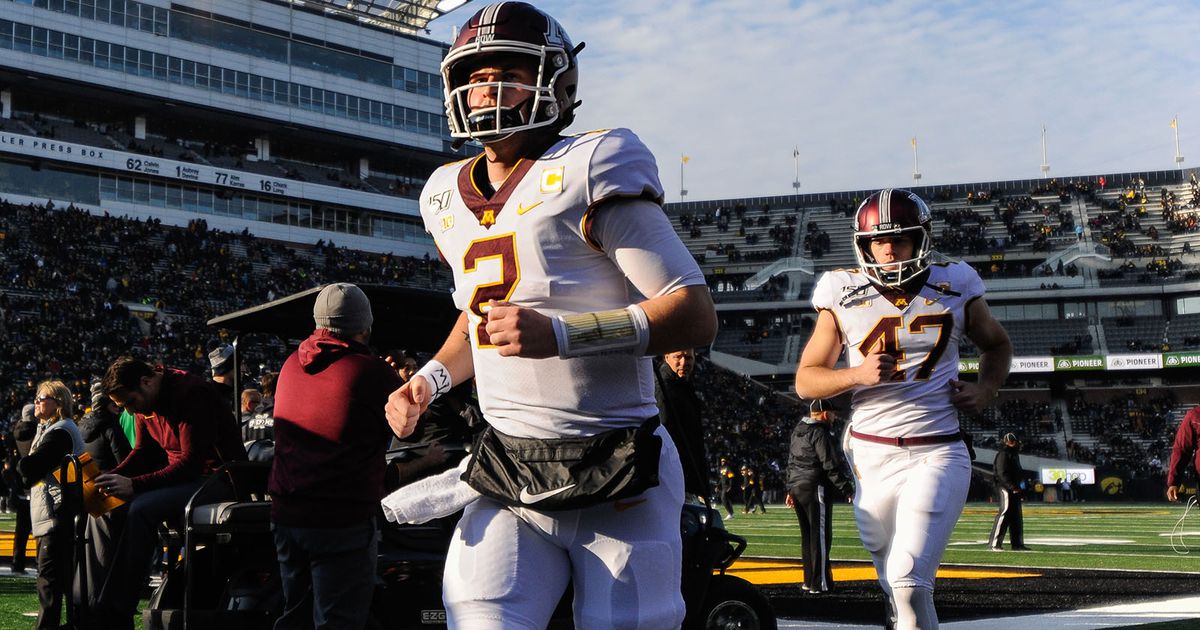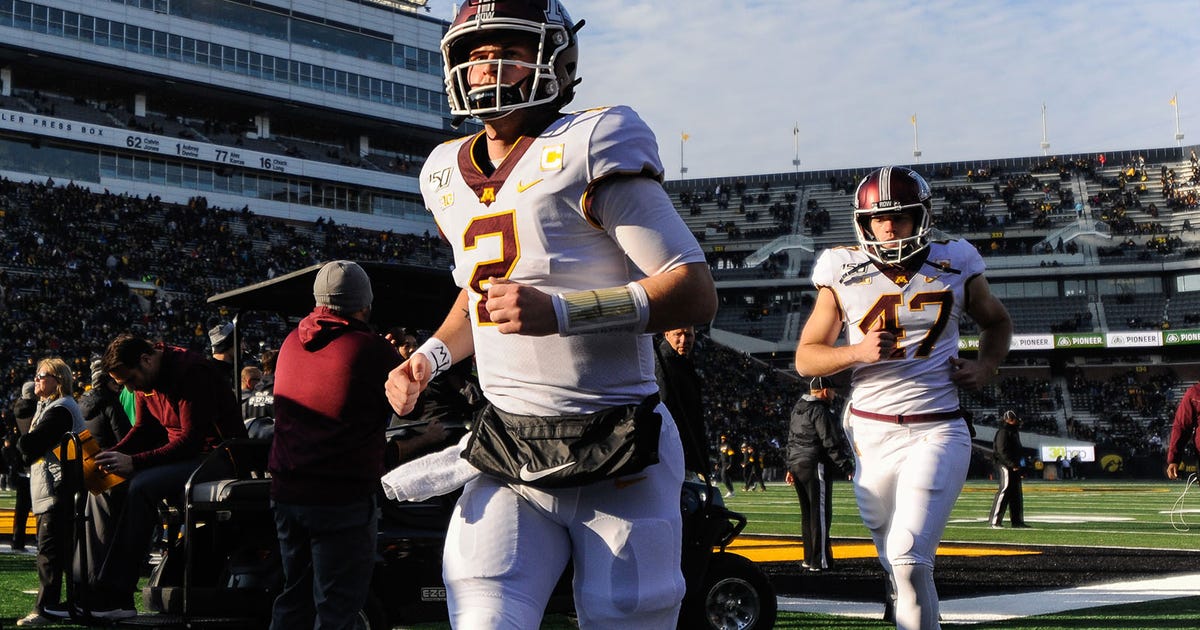No Gophers football in the fall as Big Ten postpones 2020 season


The Big Ten won’t play football this fall because of concerns about COVID-19, becoming the first of college sports’ power conferences to yield to the pandemic.
The move announced Tuesday comes six day after the conference that includes historic programs such as Ohio State, Michigan, Nebraska and Penn State had released a revised conference-only schedule that it hoped would help it navigate a fall season with potential COVID-19 disruptions.
More Gophers coverage
The University of Minnesota put out a joint statement president Joan Gabel and director of athletics Mark Coyle which read, in part: “We know our student-athletes want to compete and that our coaches want to coach. We share their extreme disappointment about not being able to do so this fall. We have a responsibility to our student-athletes, and everyone involved with our athletics programs, to put their health and safety above all else. That responsibility remained our top priority throughout these discussions and it’s why this decision was made.”
But it was not a surprise. Speculation has run rampant for several days that the Big Ten was moving toward this decision. On Monday, coaches throughout the conference tried to push back the tide, publicly pleading for more time and threatening to look elsewhere for games this fall.
“The mental and physical health and welfare of our student-athletes has been at the center of every decision we have made regarding the ability to proceed forward,” Big Ten Commissioner Kevin Warren said in a statement. “As time progressed and after hours of discussion with our Big Ten Task Force for Emerging Infectious Diseases and the Big Ten Sports Medicine Committee, it became abundantly clear that there was too much uncertainty regarding potential medical risks to allow our student-athletes to compete this fall.”
The Big Ten touts itself as the oldest college athletic conference in the country, dating back to 1896 when it was called the Western Conference, and its schools have been playing football ever since. It became the Big Ten in 1918 and grew into a football powerhouse.
The 14 Big Ten schools span from Maryland and Rutgers on the East Coast to Iowa and Nebraska out west. Not only has it been one of the most successful conferences on the field but off the field it has become one of the wealthiest.
The Big Ten, with its lucrative television network, distributes about $50 million per year to its members.






